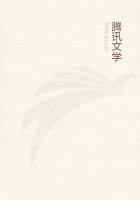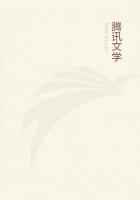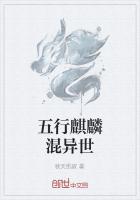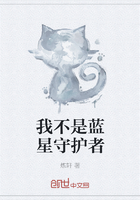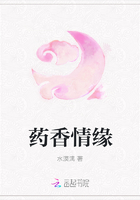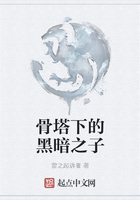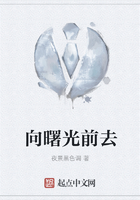13. And with regard to the cure of wounds in the head, and the mode of detecting injuries in the bone which are not apparent, the following is my opinion:- In a wound of the head, you must not apply anything liquid, not even wine, but as little as possible, nor a catapla**, nor conduct the treatment with tents, nor apply a bandage to an ulcer on the head, unless it be situated on the forehead, in the part which is bare of hairs, or about the eyebrow and eye, for wounds occurring there require cataplasms and bandages more than upon any other part of the head. For the rest of the head surrounds the whole forehead, and the wounds wherever situated become inflamed and swelled, owing to an influx of blood from surrounding parts. And neither must you apply cataplasms and bandages to the forehead at all times; but when the inflammation is stopped and the swelling has subsided, you must give up the cataplasms and bandages. A wound in any other part of the head must not be treated with tents, bandages, or cataplasms, unless it also requires incision. You must perform incision on wounds situated on the head and forehead, whenever the bone is denuded of flesh, and appears to have sustained some injury from the blow, but the wound has not sufficient length and breadth for the inspection of the bone, so that it may be seen whether it has received any mischief from the blow, and of what nature the injury is, and to what extent the flesh has been contused, and whether the bone has sustained any injury, or whether it be uninjured by the blow, and has suffered no mischief; and with regard to the treatment, what the wound, and the flesh, and the injury of the bone stand in need of.
Ulcers of this description stand in need of incision; and, if the bone be denuded of the flesh, and if it be hollow, and extend far obliquely, we cut up the cavity wherever the medicine cannot penetrate readily, whatever medicine it may be; and wounds which are more inclined to be circular and hollow, and for the most part others of the like shape, are cut up by ****** double incision in the circle lengthways,, according to the figure of the man, so as to make the wound of a long form. Incisions may be practiced with impunity on other parts of the head, with the exception of the temple and the parts above it, where there is a vein that runs across the temple, in which region an incision is not to be made. For convulsions seize on a person who has been thus treated; and if the incision be on the left temple, the convulsions seize on the right side; and if the incision be on the right side, the convulsions take place on the left side.

